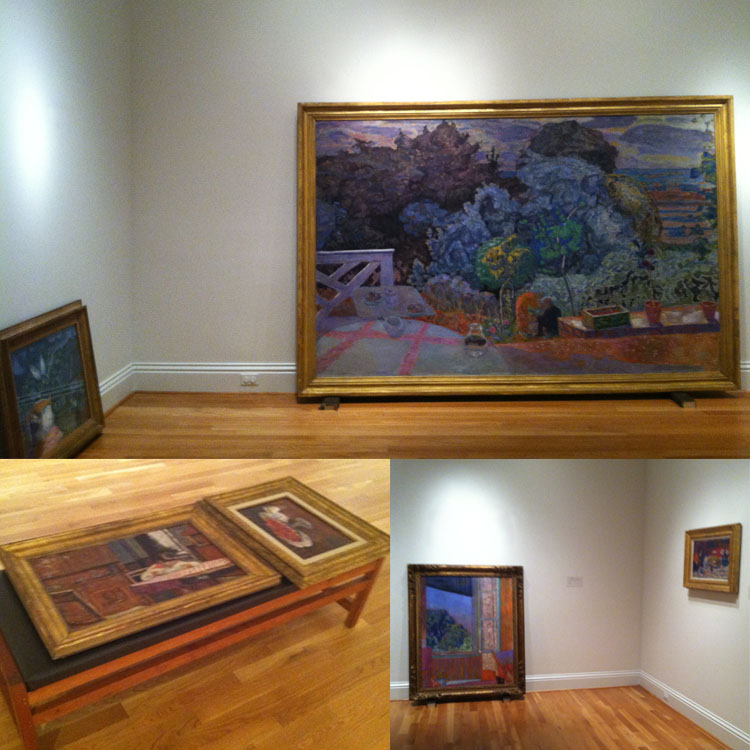
Marc Chagall, Jew in Black and White, 1914. Oil on cardboard laid down on canvas, 39 3/4 x 31 1/2 in. Im Obersteg Foundation, permanent loan to the Kunstmuseum Basel © 2015 Artists Rights Society (ARS), New York / ADAGP, Paris
Marc Chagall’s three monumental portraits from 1914, Jew in Red, Jew in Black and White, and Jew in Green, are on view in Gauguin to Picasso: Masterworks from Switzerland.
Born and raised by an observant Jewish family near Vitebsk, Russia (now Belarus), Marc Chagall began his artistic training in St. Petersburg, then traveled to Paris, where he met artists who introduced him to Fauvism, Cubism, and other modern art movements. Chagall blended these trends with Russian and Jewish imagery and fantastical symbols drawn from childhood memories. During what was meant to be a short trip to visit family in 1914, the outbreak of World War I forced Chagall to remain in Russia. In Vitebsk, he painted portraits of beggars and itinerant Hasidic rabbis who were invited into his family’s home. Chagall described the sitter in Jew in Black and White as a beggar with “gray hair, sullen expression, a sack on his back.”
Chagall dressed him as a rabbi, placing his father’s tallit (prayer shawl) over the man’s shoulders and wrapping tefillins (used during morning prayer) around his head and left arm. His right hand holds the tzitzit (tassel of the prayer shawl). Jew in Black and White and Jew in Red were exhibited in Chagall’s 1933 retrospective at the Kunsthalle Basel, which collector Karl Im Obersteg, through his association with the artist, helped to organize. This painting is the first of two later versions in separate collections.

